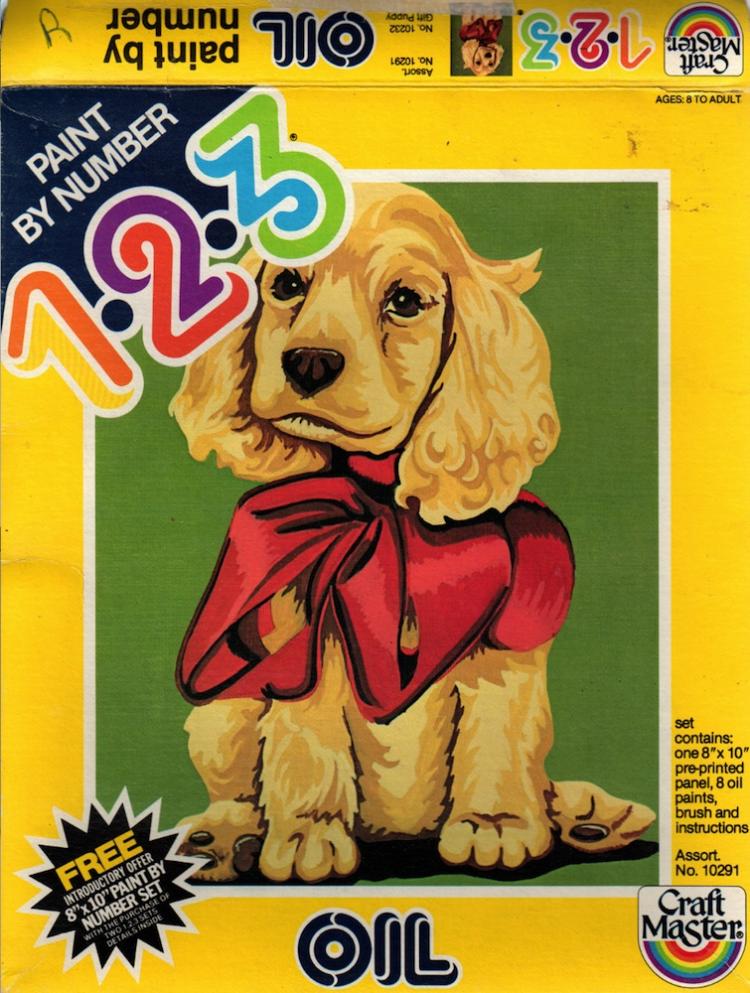

It was with Dodge, breaking a several-year connection with a competitor, Jo-Han. The 1965 model year also brought MPC’s first foray into the promotional model business. Customizer Dean Jeffries and the former “Kat from AMT”, Howard “Budd” Anderson, signed on as consultants.
Craftmaster fundimensions paint by number stagecoach series#
Other manufacturers were producing classic car kits, but the Gangbusters series added something new and original: windows and radiators with “bullet-holes,” liquor bottles and cases, safes, armed gangster and police figures, and even a vintage motorcycle. The series included a 1932 Chevrolet, the first widely available prewar Chevrolet model kit in 1/25 scale. These prohibition-era cars came with a twist, that being optional police and bootlegger accessories. Other early kits included the MPC Gangbusters series, introduced in 1965. MPC also tried figure kits right off the top: HOT ROD magazine’s Stroker McGurk cartoon character and the infamous Hot Curl, a long-haired, pot-bellied surfer caricature were both rendered in styrene. It proved to be a worthy choice with which to establish the new company in its own right. But MPC felt the ‘Vette was so popular that another kit in the marketplace wouldn’t hurt. AMT, having a lock on the Chevrolet promotional model business at the time, already had Corvette kits. MPC’s first kit was a 1/25 scale 1964 Chevy Corvette coupe.

Several of the first MPC kits were actually sold in AMT packaging, taking advantage of access to AMT’s superior distribution network and established brand name. Despite the mass exodus of talent from AMT, the two companies remained on friendly terms initially. Toteff leads the enterprise, with Sheldon as Chief Engineer, Dietz as New Product Engineer, and Simon as the Shop Manager.

Their intention: to form Model Products Corporation or MPC. In the midst of the plastic model kit boom, several prominent AMT employees, including George Toteff, Phil Sheldon, Ed Dietz, and Paul Simon, departed AMT.


 0 kommentar(er)
0 kommentar(er)
